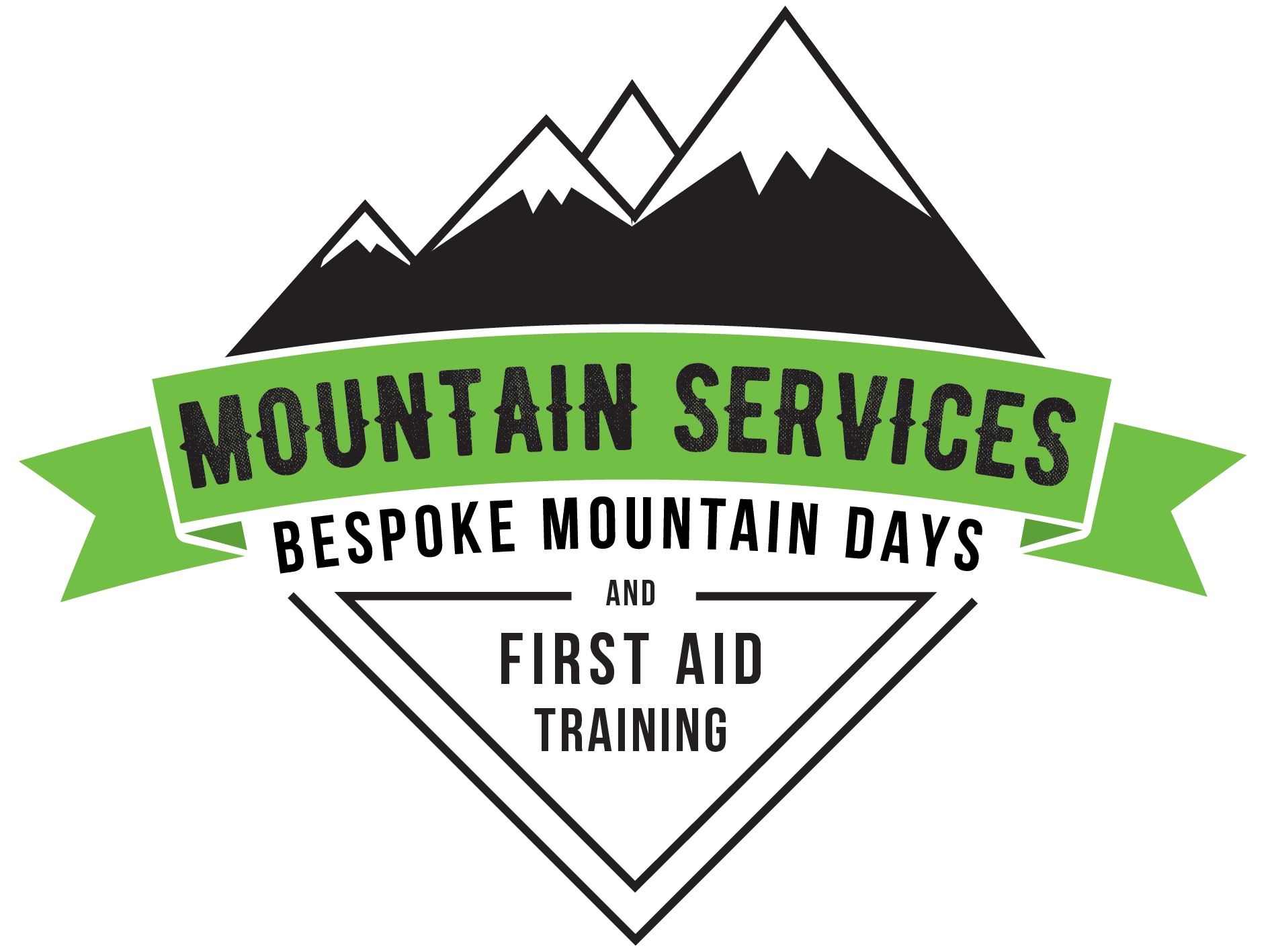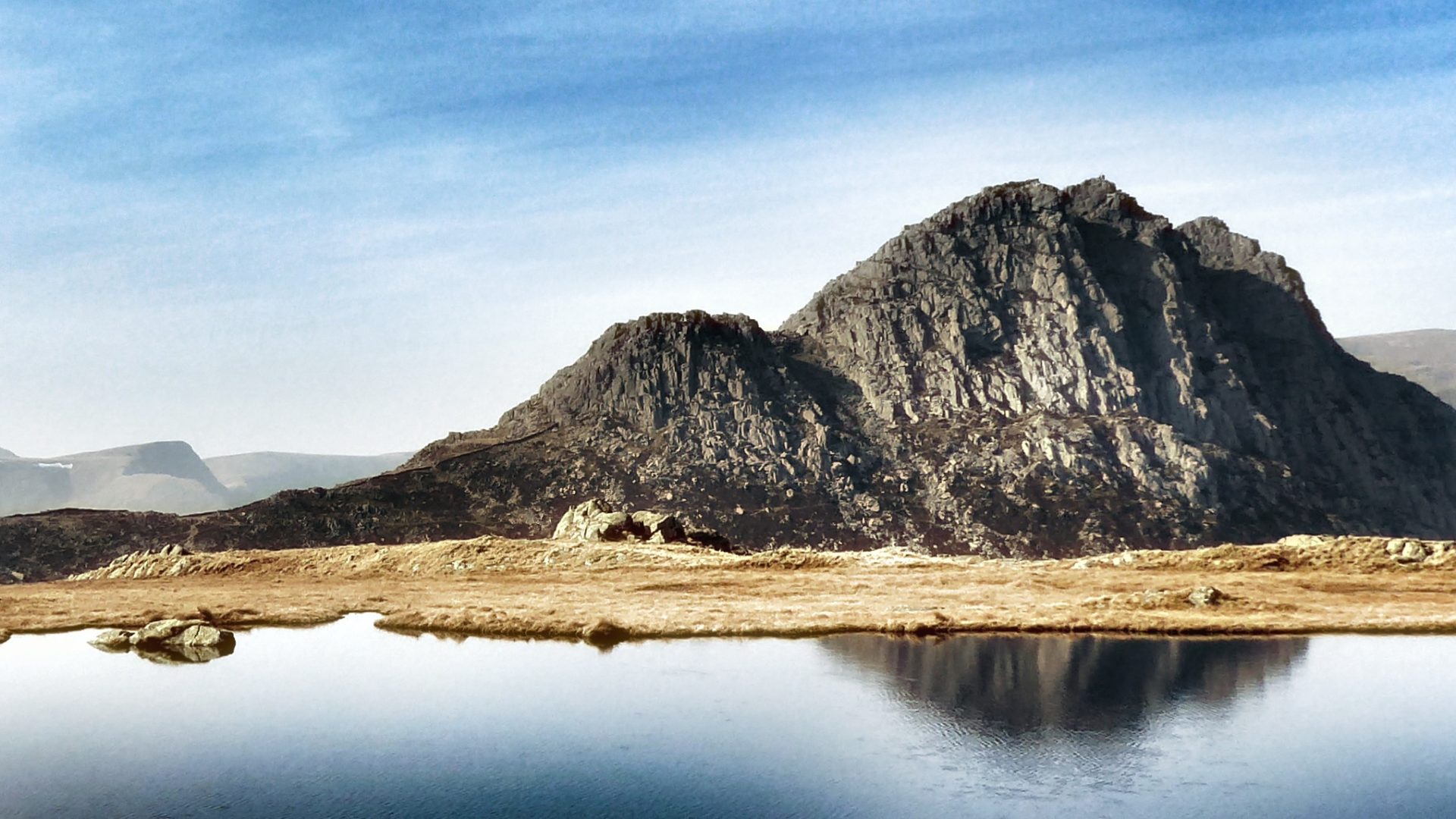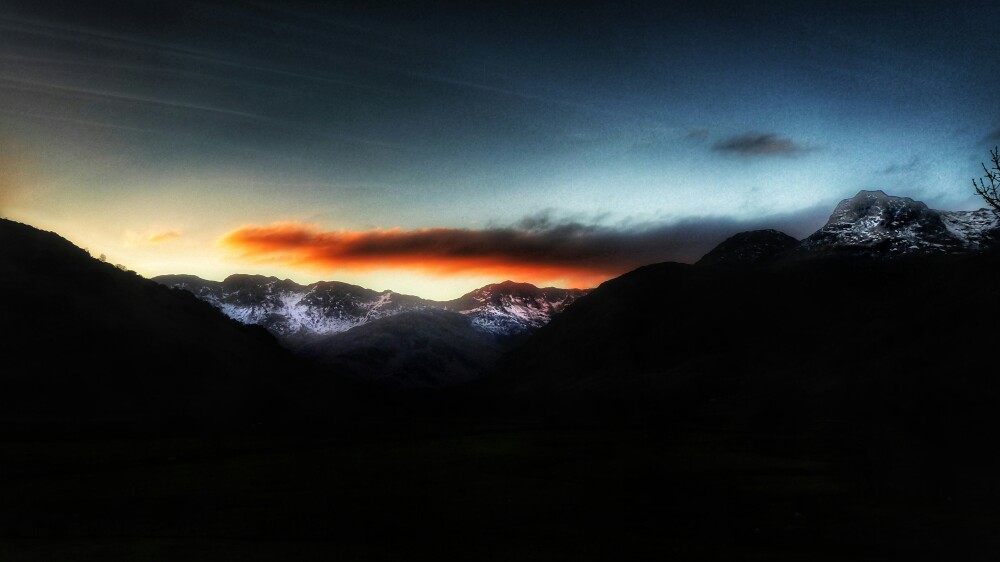Updated Oct 2022 - So I first wrote this blog 3 years ago - I've done a lot of teaching night nav now so I thought I'd update it. New comments are in italics and the links have been updated.
Suddenly when I look up from working in the hut at the bottom of the garden it's going dark - it happens every year, still surprises me lol. So now my thoughts turn to Night Nav - some of the most popular sessions I run (2022 & 2023 dates now out...).
It's a skill that seems to cause stress to a lot of candidates - and one of the most common reasons for deferral if you're doing a mountain leader course. It's also the area where I regularly see the greatest skills fade in people who've qualified - it seems we seldom seem to practice once we've passed - and for a lot of ML's actual 'new' navigation can be an infrequent thing.
So I thought I'd share my top five tip;
#1 -Know your kit - now this may seem simple or obvious - but I would estimate that half the people who come on my sessions aren't really all that familiar with their kit, don't have a system in place and cause their own problems. And the more technical the kit the more and more I'm seeing this.
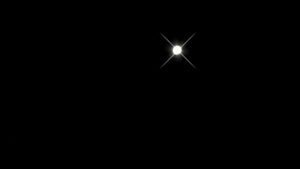 Get a good torch, if you're going to be doing navigation in the dark then it's worth investing in*. Then find out what it can do - how far the beam actually goes, what that means for your vision and how to control it. Get an adjustable torch - find out which setting you can read a map with, which setting you need in fog or a whiteout. Then get a spare torch. Batteries are nearly impossible to change with wet hands in the dark on the side of a mountain...
Get a good torch, if you're going to be doing navigation in the dark then it's worth investing in*. Then find out what it can do - how far the beam actually goes, what that means for your vision and how to control it. Get an adjustable torch - find out which setting you can read a map with, which setting you need in fog or a whiteout. Then get a spare torch. Batteries are nearly impossible to change with wet hands in the dark on the side of a mountain...
* But...increasingly I'm seeing folks with ridiculously superpowered torches - 2000 lumen 400m beams might seem a good idea - but in typical UK wet weather you'll find it more of a hinderance as it reflects back from wet air - make sure you've a wide low pawered option as well!
Can you see your compass at night? Does the luminescence work - can you turn the dial without having to take your gloves off?
Can you actually see at night - many folk will find that their vision is poorer at night - I've invested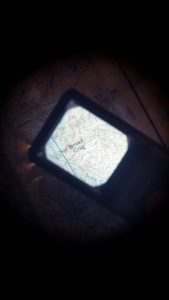 all of £6 (now £8.69) in an illuminated magnifying glass - its made a world of difference to my precision navigation - I've even attached a cut up piece of old chamois leather to its lanyard - no more fogged specs for me.
all of £6 (now £8.69) in an illuminated magnifying glass - its made a world of difference to my precision navigation - I've even attached a cut up piece of old chamois leather to its lanyard - no more fogged specs for me.
Do you know what to wear at night? I know this may seem obvious - but at night you'll be slower and won't generate as much heat - you'll feel the cold a lot quicker - it could be time for another spare layer in your rucksack.
Do you know how to use all the features on your watch? Sounds daft - I see it every session. Have a practice with using the stopwatch, the light - if you're going to use an altimeter then make sure you know how to recalibrte it.
And then...have a system for all of this. Know where things go in the pack so that you find then first time. Put the things you need easily to hand. I keep a spare compass, spare torch, hat and gloves in the top of my sack - somewhere I can always find them in the dark. I set off in the gloaming with my torch in a jacket pocket - so I don't need to stop for more kit faff later.
Attach everything. On the side of Blencathra in a 40mph wind with driving rain and the dying bracken blanketing the ground you're very unlikely to find that dropped compass, glove, walking pole - and your night just got a lot harder. I recently worked an ML assessment and a candidate dropped their compass. It took 25 minutes to find - and by that time the level of stress the candidate was putting themselves under was immense - and in finding the compass they lost their sense of where they actually were - all stress and worry they didn't need.
#2 Know Your numbers. In limited visibility your going to need to be really really solid on the basics, pacing and timing will become two of your best friends. But...they're not going to be the same in the dark. We cover this a lot on our 'Intro to Night Nav' course - but its also something I see candidates slipping back into. Stressed in the dark it's easy to remember your normal number of paces or how long it takes to cover 400m - so again go out, practice, and know what the numbers are for you. If it's really tricky I still use a pacing card - but I now grade my paces by difficult going, hard, normal, easy, fast. At night everything is that little bit harder.... and five years later after ankle surgery - my paces have changed again! I still practice this every so often just to check.
Start out on normal ground in the dark - you may well be very close to daytime numbers if the visibility is good - but then move onto uneven ground. Now you'll feel a need to look where you are going more carefully - simply walking will be a more engaging process and your step count (& timings) will alter. Next you can add in steep ground, maybe some adverse weather. It's also worth noting that many mountain walkers don't add time for going downhill - you may well find that you need to in the dark.
#3 Pacing on a bearing. I can't stress enough this shouldn't be your only skill - but it is vital that you're able to really rely on it when you need it. In daytime navigation it's easy to correct, being nearly accurate is usually good enough - but at night you need to be spot on. This will of course start by knowing your numbers - but there are several other factors to consider. I always try to break navigation legs down into smaller pieces - at night the object you sighted your bearing on 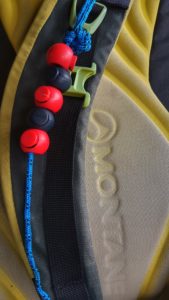 can disappear for a multitude of reasons (visibility changes, uneven ground between you and the object, it's not what you thought it was...) I once had a candidate who sighted on distant farm lights, which then started to move - she had taken her bearing on a sheep's eye! Know how to count your paces too - I'm a fan of beads on a string on the shoulder strap of my rucksack, I've seen people use clickers, and I've even seen a candidate write on their map margin - just have a system. In poor vis I'll stop every <insert number that is applicable> paces to check on my group. If that's what I'm doing I'll stick with it for the whole leg & count for that number on my beads (eg I might move in 25m increments, or 100m etc)
can disappear for a multitude of reasons (visibility changes, uneven ground between you and the object, it's not what you thought it was...) I once had a candidate who sighted on distant farm lights, which then started to move - she had taken her bearing on a sheep's eye! Know how to count your paces too - I'm a fan of beads on a string on the shoulder strap of my rucksack, I've seen people use clickers, and I've even seen a candidate write on their map margin - just have a system. In poor vis I'll stop every <insert number that is applicable> paces to check on my group. If that's what I'm doing I'll stick with it for the whole leg & count for that number on my beads (eg I might move in 25m increments, or 100m etc)
Get your bearing right. If you're starting from a strong feature it's worth taking a back bearing whilst it's still visible - or you can do this with a group member. I still kneel down and take my time on a bearing - because it's worth it. If you're not starting from a strong feature then try and build one into your strategy.....
#4 Feel your Feet. Contours are your friend in the dark - being able to feel the change of angle of a slope - where it steepens, lessens, levels out. Which way an incline runs - things we're used to being able to see in the daylight, these all become more difficult to see at night - but with experience you can learn to feel them. If you can master this then it''s another strong tool.
And I also use this term for how the going feels. I think we are (or should be) familiar with what 'feels' normal for us - so am I going at my usual pace? Does this 'feel' steeper than I expected?
#5 Have a strategy. Now clearly this should apply to all of your navigation - but at night it's vital. I said above I like to break legs down - what I'm trying to do is make them easier. So sure I could pace 1200m on a bearing, but its a lot easier to walk 900m in an approximate direction, hit a wall,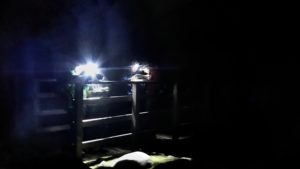 follow it North for 300m till it reaches a stream and then take a bearing and pace the last 150m. Sure I've walked a bit further - but my strategy has made the experience less stressful, has hugely increased my chances of being accurate, and will almost certainly have actually been quicker.
follow it North for 300m till it reaches a stream and then take a bearing and pace the last 150m. Sure I've walked a bit further - but my strategy has made the experience less stressful, has hugely increased my chances of being accurate, and will almost certainly have actually been quicker.
And of course - sometimes you simply can't pace 1200m on a bearing - so you need to have a strategy for what happens then.
We'll often do drills where we go to the same place by different strategies - and when you're learning it's a great question to ask yourself; "how else could this be done?"
To have a strategy you need tools you can rely on - but you often don't need many, and they don't all need to be super accurate, they're just part of the process of narrowing down your aim.
If you found this post useful then please comment or you can find details of Night Nav workshops in the side bar.
